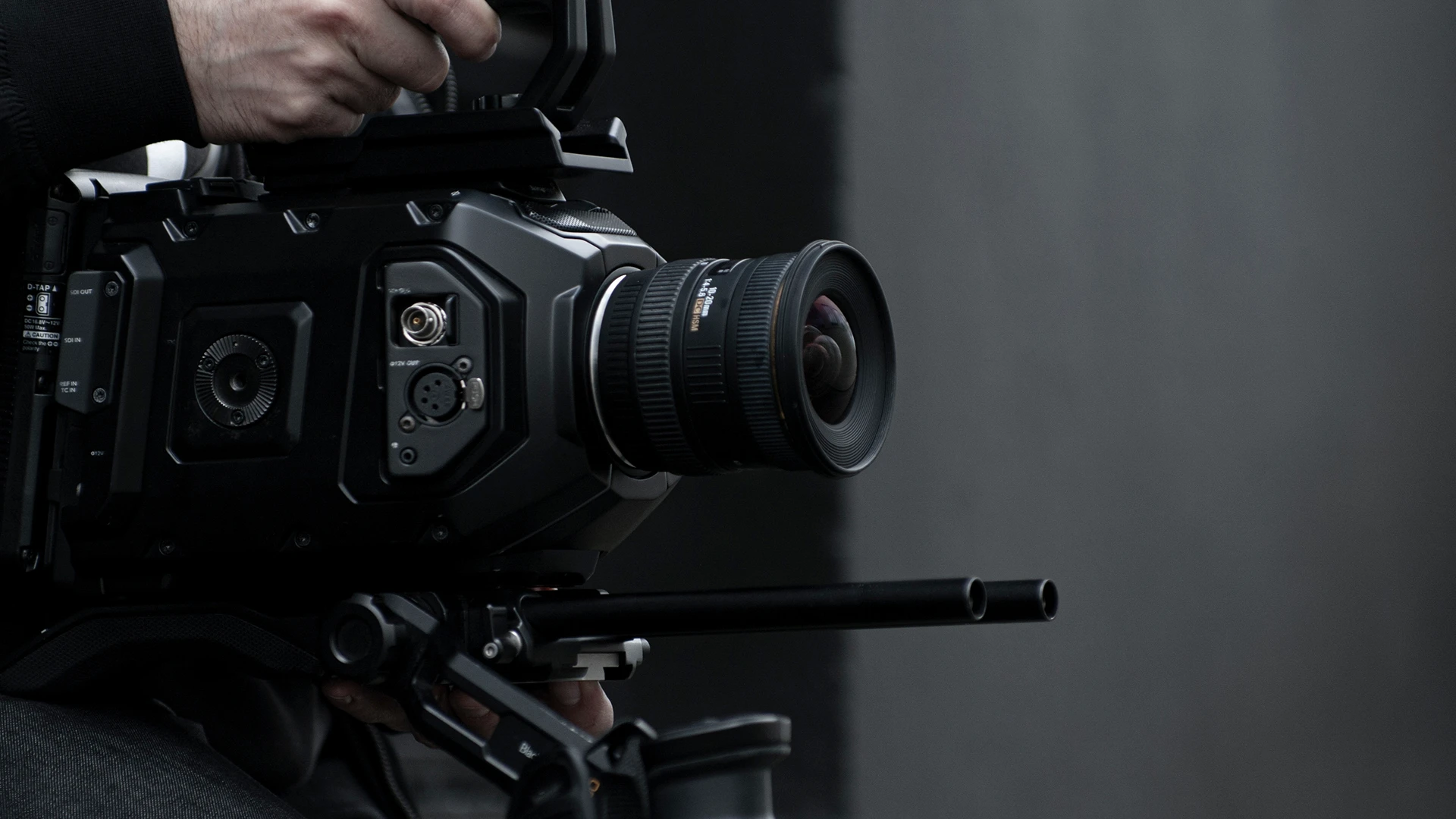Legal Videography: How to Boost Court Room Discussions
Legal Videography: How to Boost Court Room Discussions
Blog Article
Exploring the Objective and Effect of Lawful Videography in the Legal Field
Lawful videography has actually become an indispensable device in the lawful area, revolutionizing the method evidence is provided and maintained. As we navigate via the complex internet of regulations and ethical considerations bordering legal videography, a more clear picture arises of its prospective to form the future of the legal landscape.
Background of Legal Videography
The evolution of lawful videography can be mapped back to the early days of court room technology assimilation. As courts began to recognize the value of aesthetic proof discussion, using videography in lawful process got traction. In the 1980s, the introduction of analog video clip cams marked a significant turning point in the background of lawful videography. These electronic cameras enabled for the recording of depositions, witness testaments, and courtroom procedures, supplying an aesthetic record that complemented standard written transcripts.
With the development of modern technology, the transition from analog to electronic video videotaping further changed the field of lawful videography. Digital cameras offered greater top quality recordings, simpler editing abilities, and improved storage choices. This shift not just boosted the clearness and accuracy of visual evidence but also structured the discussion of complex details in courts.
Today, lawful videography plays a critical function in the legal area, providing attorneys an effective tool for presenting evidence, capturing testimonies, and producing engaging aesthetic narratives to sustain their situations. The advancement of lawful videography remains to form the way attorneys approach litigation and advocacy.
Advantages of Legal Videography

Moreover, lawful videography enables for the conservation of witness statement in a genuine and powerful fashion. By capturing the disposition and temperament of witnesses during their testaments, attorneys can much better assess the reputation of their declarations and possibly discover fallacies or variances. This can be especially useful during interrogation and in offering proof to sustain or shoot down crucial disagreements in a case.
In addition, lawful videography offers the benefit of developing a permanent record that can be reviewed and analyzed at any time. Attorneys can examine video footage to recognize vital information, prepare for upcoming court process, or enhance their strategies for trial. This ability to review and dissect visual evidence can offer lawyers with a tactical advantage in constructing a robust instance.
Methods for Effective Legal Videography
Including reliable techniques in legal videography is necessary for maximizing the influence of aesthetic evidence and reinforcing the reputation of witness testaments in lawful process. One crucial technique is making sure appropriate lighting to capture clear images and facial expressions. Natural light or purposefully positioned man-made illumination can considerably boost the high quality of the video. Furthermore, using high-quality sound devices is crucial to tape sound properly, ensuring that all spoken interaction is caught noticeably. Framing plays a key duty in legal videography; it is vital to frame shots correctly to concentrate on the pertinent aspects while lessening disturbances. Smooth camera activities and steady shots are needed to stop visual disturbances that might interfere with the content. Additionally, making use of multiple cam angles can provide detailed protection of the scene, capturing different perspectives at the same time. Lastly, post-production editing needs to be carried out carefully to offer linked here a sleek final item that properly shares the intended message in an expert manner.
Legal Videography in Court Settings
In court room settings, lawful videographers need to stick to strict standards to preserve the honesty of the legal procedure. They have to be very discreet to stay clear of disrupting proceedings while also being check my source cautious in recording essential information. The video footage tape-recorded by lawful videographers works as a beneficial source for courts, lawyers, and courts, providing a visual document that can be referenced throughout instance preparation, charms, or reviews.
Honest Considerations in Lawful Videography
Values serve as a fundamental framework assisting the practice of lawful videography, making sure honesty and impartiality in catching and protecting legal procedures. One vital honest factor to consider is getting notified consent from all events included before tape-recording any legal procedures.
Discretion is another critical ethical consideration in legal videography - LEGAL VIDEOGRAPHY. Videographers have to take care of all recorded footage with miraculous treatment to secure delicate information and maintain the personal privacy civil liberties of those involved in the legal procedure. Additionally, preserving neutrality and nonpartisanship during the recording process is necessary to prevent prejudice and guarantee a precise depiction of the occasions
Conclusion
To conclude, legal videography has ended up being an essential tool in the lawful area, supplying an aesthetic document of occasions and enhancing the presentation of evidence in courtrooms. By recording testaments, scenes, and demonstrations, legal videographers play a crucial role in ensuring a fair and transparent lawful process. With proper methods and ethical factors to consider, legal videography continues to have a significant effect on the lawful profession, forming the means info is recorded and provided in lawful proceedings.
Lawful videography has actually become an indispensable tool in the see lawful field, reinventing the means evidence is provided and maintained.Integrating efficient strategies in lawful videography is vital for taking full advantage of the influence of visual proof and boosting the credibility of witness testimonies in legal proceedings.Principles offer as a fundamental structure directing the method of legal videography, ensuring integrity and impartiality in catching and preserving legal process.In final thought, legal videography has become an important tool in the legal field, giving an aesthetic document of events and boosting the discussion of evidence in courtrooms. With proper techniques and ethical factors to consider, legal videography continues to have a considerable effect on the lawful career, shaping the method info is recorded and presented in legal process.
Report this page